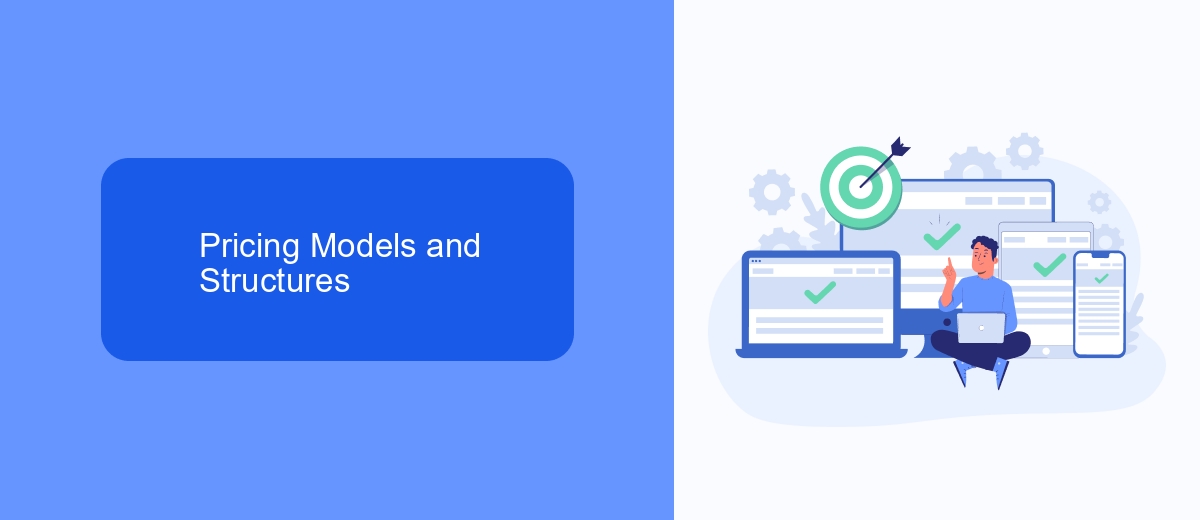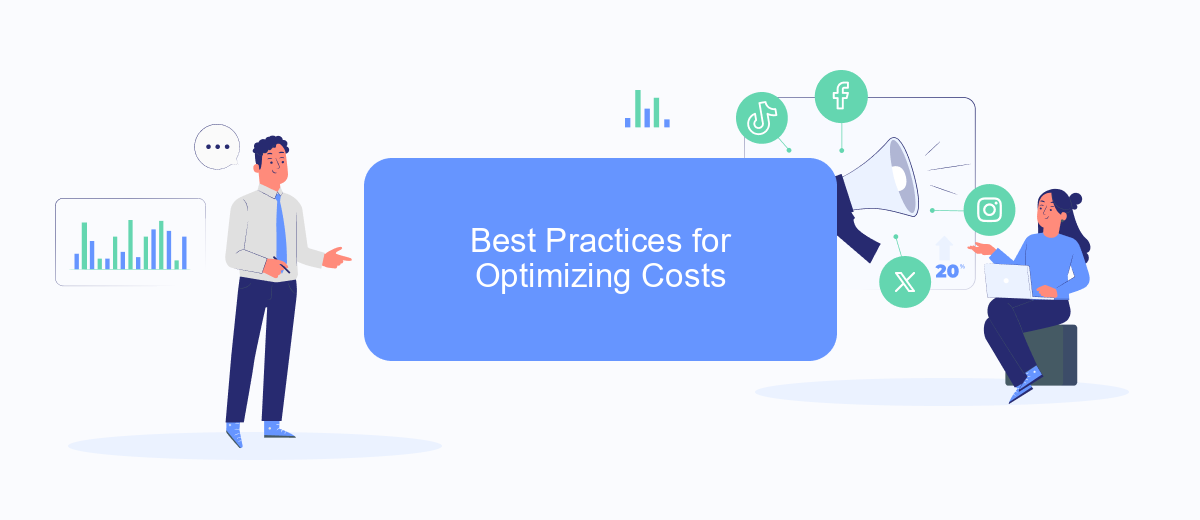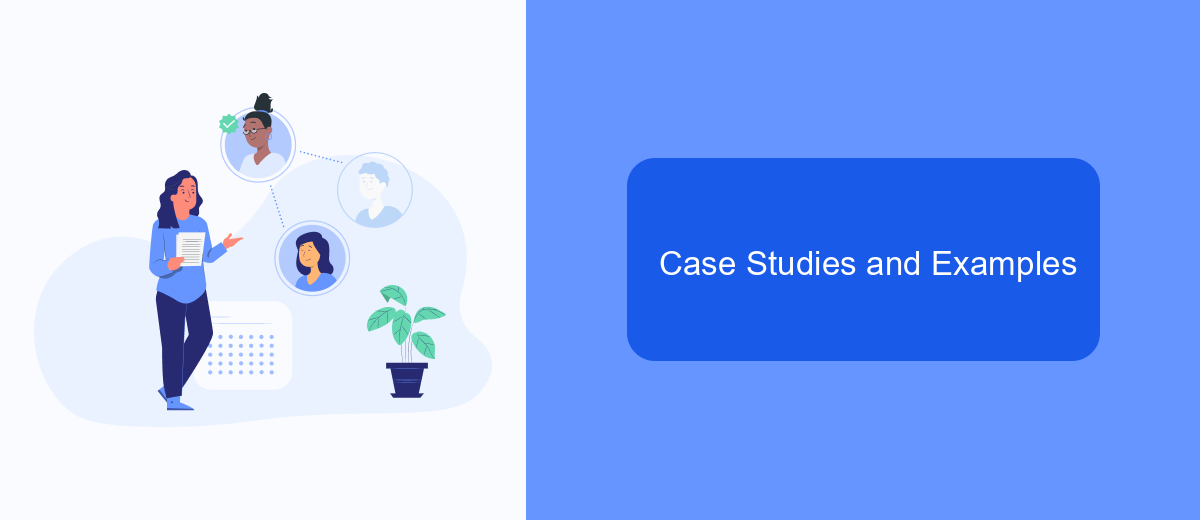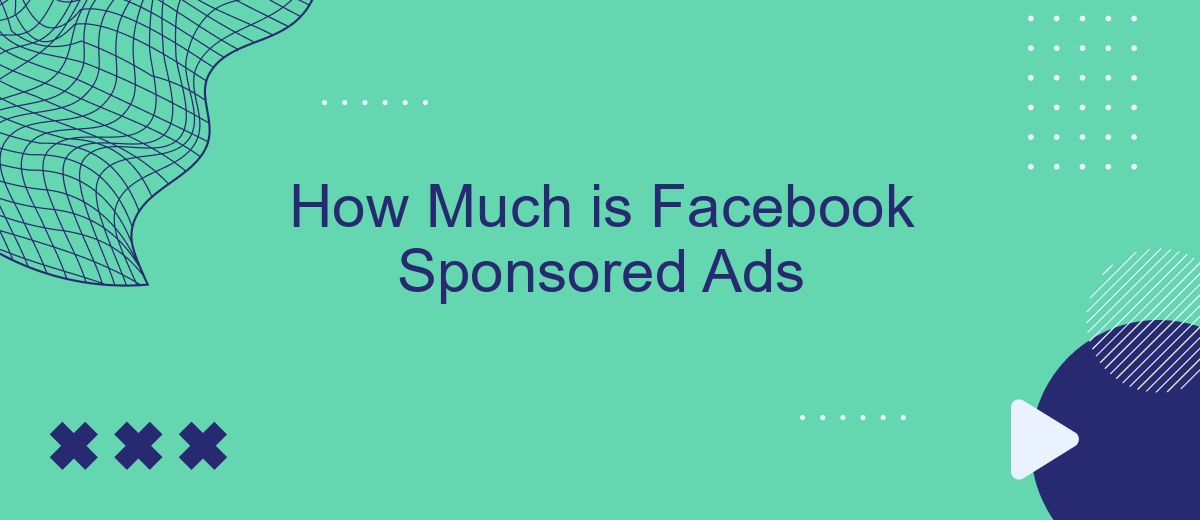Understanding the cost of Facebook sponsored ads is crucial for businesses aiming to maximize their online presence and marketing budget. This article delves into the various factors that influence the pricing of Facebook ads, providing insights into how businesses can effectively allocate their resources for optimal advertising performance. Discover how to make the most of your investment in Facebook's powerful advertising platform.
Factors Influencing Ad Cost
The cost of Facebook sponsored ads can vary significantly based on several factors. Understanding these variables can help advertisers optimize their budget and achieve better results. Below are some of the key elements that influence the cost of Facebook ads:
- Target Audience: The demographics, interests, and behaviors of your target audience can affect ad costs. Ads targeting highly competitive audiences may be more expensive.
- Ad Placement: The location where your ad appears (e.g., news feed, stories, or sidebar) can influence the cost. Prime locations often come at a higher price.
- Ad Quality and Relevance: Facebook uses an ad relevance score to determine the quality and relevance of your ad to your audience. Higher scores can lead to lower costs.
- Budget and Bidding Strategy: Your daily or lifetime budget and the bidding strategy you choose (e.g., cost per click or cost per impression) can impact overall costs.
- Seasonality: Ad costs can fluctuate based on the time of year, with certain periods like holidays often seeing increased competition and higher prices.
In addition to these factors, utilizing integration services like SaveMyLeads can streamline the process of managing and optimizing your Facebook ad campaigns. SaveMyLeads allows for seamless integration with various platforms, ensuring that your marketing efforts are efficient and effective. By leveraging such tools, advertisers can better control their ad spend and maximize their return on investment.
Pricing Models and Structures

Facebook Sponsored Ads offer a variety of pricing models to suit different advertising needs and budgets. The two primary pricing structures are Cost Per Click (CPC) and Cost Per Thousand Impressions (CPM). With CPC, advertisers are charged each time a user clicks on their ad, making it ideal for campaigns focused on driving traffic to a website or landing page. On the other hand, CPM charges advertisers for every thousand views their ad receives, which is beneficial for brand awareness campaigns aiming to reach a broad audience. Additionally, Facebook offers advanced options like Cost Per Action (CPA) and Cost Per Like (CPL) for more targeted objectives.
To optimize the effectiveness of Facebook Sponsored Ads, businesses can leverage integration services like SaveMyLeads. This platform simplifies the process of connecting Facebook Ads with various CRM systems, email marketing tools, and other applications. By automating lead data transfer, SaveMyLeads ensures that businesses can quickly follow up with potential customers, enhancing the overall efficiency and ROI of their advertising campaigns. This seamless integration helps in maintaining organized and actionable data, allowing advertisers to focus on strategy and creative aspects rather than manual data management.
Best Practices for Optimizing Costs

Optimizing the costs of Facebook Sponsored Ads is crucial for getting the most out of your advertising budget. By following a few best practices, you can ensure that your ads are both effective and cost-efficient.
- Target the Right Audience: Use Facebook’s advanced targeting options to reach your specific audience. This reduces wasted spend on irrelevant clicks.
- Monitor and Adjust Bids: Regularly review your bidding strategy and adjust as necessary to stay competitive without overspending.
- Utilize A/B Testing: Continuously test different ad creatives, copy, and formats to identify what works best and allocate your budget accordingly.
- Leverage Automation Tools: Services like SaveMyLeads can help automate lead management, ensuring timely follow-ups and improving overall campaign efficiency.
- Set Clear Objectives: Define your campaign goals clearly and use Facebook’s optimization tools to align your ads with these objectives.
By implementing these best practices, you can significantly reduce your Facebook ad costs while maintaining or even improving your campaign performance. Regular monitoring and adjustment are key to staying ahead in the competitive landscape of social media advertising.
Case Studies and Examples

Facebook Sponsored Ads have proven to be highly effective for businesses of various sizes. For instance, a small e-commerce store increased its sales by 30% within a month by targeting specific demographics and interests. They utilized SaveMyLeads to seamlessly integrate Facebook Ads with their CRM, ensuring all leads were promptly followed up.
Another example is a local restaurant that saw a 50% boost in reservations after running a series of sponsored ads. They used SaveMyLeads to connect their Facebook Ads with their booking system, automating the reservation process and improving customer experience.
- A fitness center gained 200 new memberships in three months using targeted Facebook Ads.
- An online course provider doubled their sign-ups by integrating Facebook Ads with their email marketing platform through SaveMyLeads.
- A real estate agency generated 150 high-quality leads in just two weeks.
These case studies illustrate the power of Facebook Sponsored Ads when combined with effective integration tools like SaveMyLeads. By automating lead management and follow-ups, businesses can maximize their advertising ROI and achieve remarkable results.
Trends and Predictions
As we look at the trends in Facebook Sponsored Ads, one notable shift is the increasing reliance on automation and AI-driven targeting. Businesses are finding that automated tools not only save time but also enhance the precision of their ad campaigns. This trend is expected to continue, with more sophisticated algorithms and machine learning models being developed to optimize ad performance and ROI. Additionally, the integration of third-party services like SaveMyLeads is becoming more prevalent, allowing businesses to streamline their marketing efforts by automatically syncing leads and customer data across various platforms.
Looking ahead, we can predict a greater emphasis on personalized ad experiences. As privacy regulations tighten, Facebook and advertisers will need to find innovative ways to deliver relevant content without compromising user trust. This could involve more advanced data analytics and the use of first-party data to create highly targeted ad campaigns. Moreover, as competition in the digital ad space intensifies, businesses will likely invest more in creative and interactive ad formats to capture audience attention and drive engagement.
- Automate the work with leads from the Facebook advertising account
- Empower with integrations and instant transfer of leads
- Don't spend money on developers or integrators
- Save time by automating routine tasks
FAQ
How much does it cost to run a Facebook sponsored ad?
How can I control my budget for Facebook ads?
What factors influence the cost of Facebook ads?
Are there tools to automate and optimize Facebook ad campaigns?
Can I run Facebook ads on a limited budget?
You probably know that the speed of leads processing directly affects the conversion and customer loyalty. Do you want to receive real-time information about new orders from Facebook and Instagram in order to respond to them as quickly as possible? Use the SaveMyLeads online connector. Link your Facebook advertising account to the messenger so that employees receive notifications about new leads. Create an integration with the SMS service so that a welcome message is sent to each new customer. Adding leads to a CRM system, contacts to mailing lists, tasks to project management programs – all this and much more can be automated using SaveMyLeads. Set up integrations, get rid of routine operations and focus on the really important tasks.

